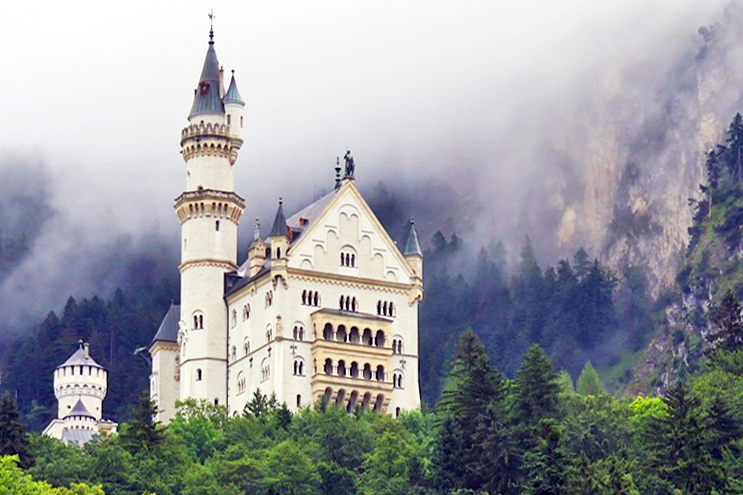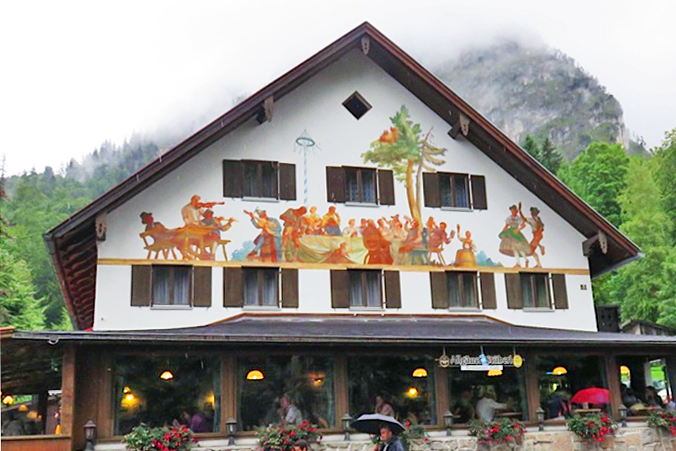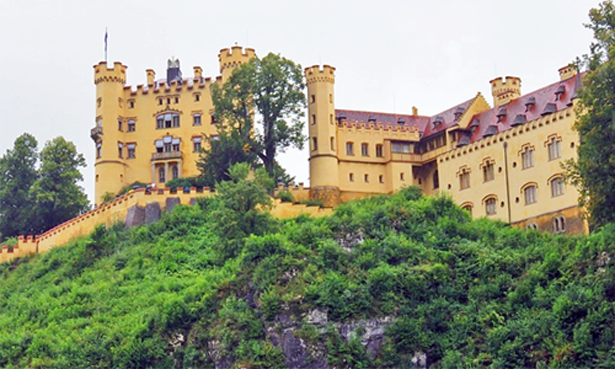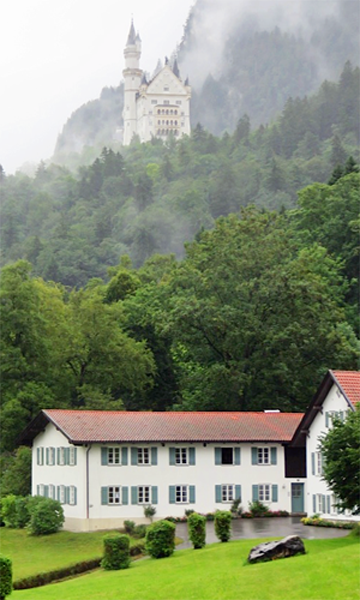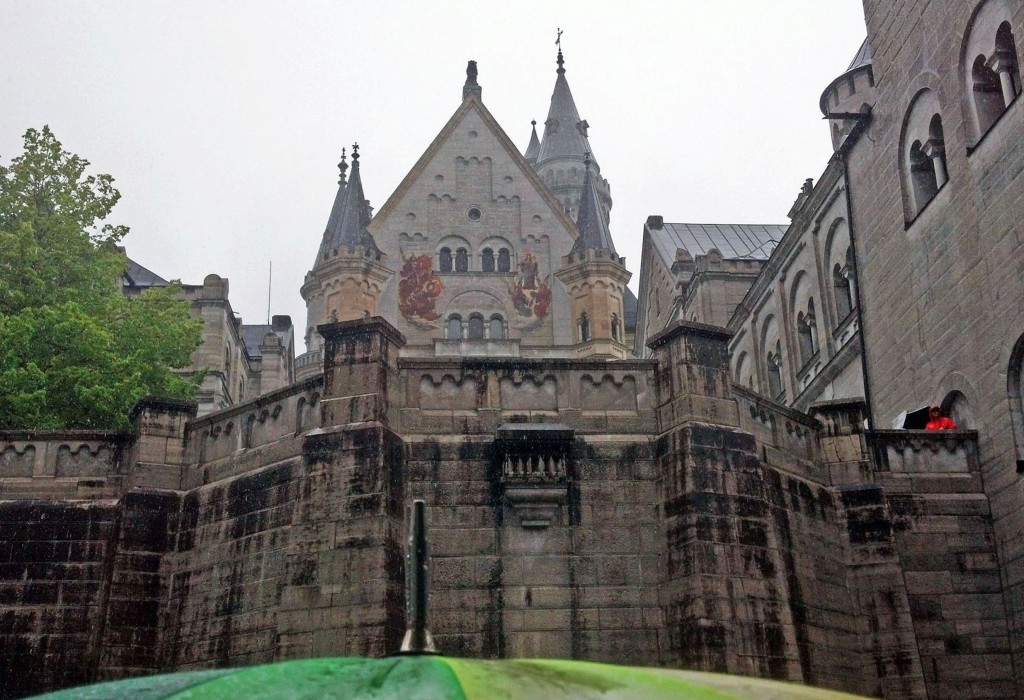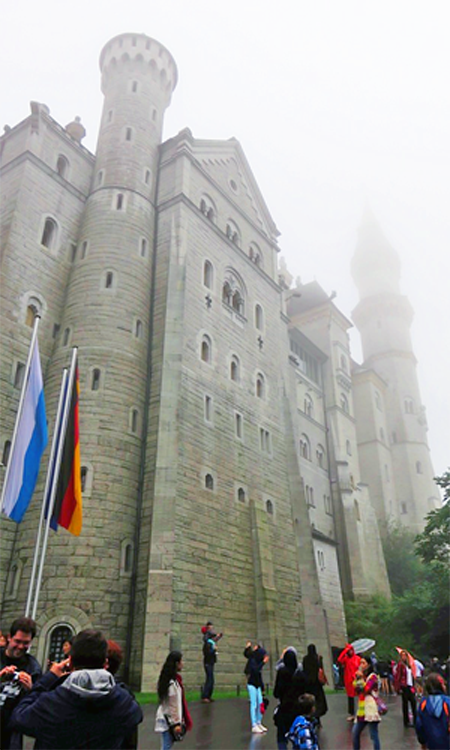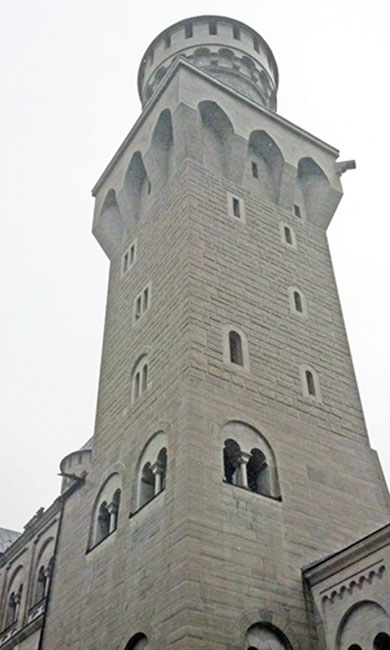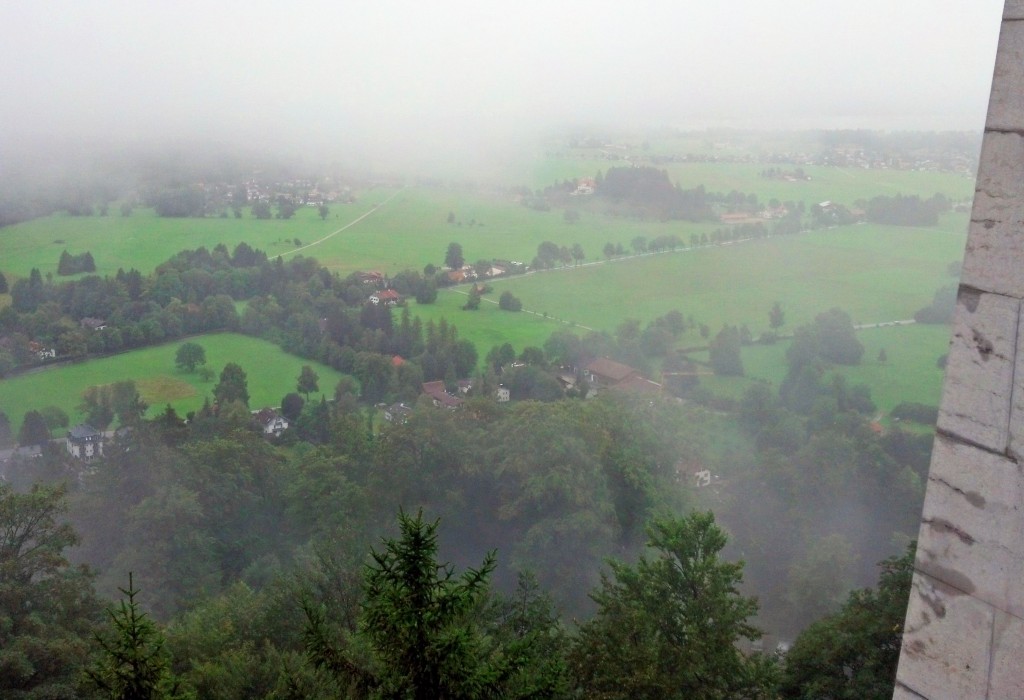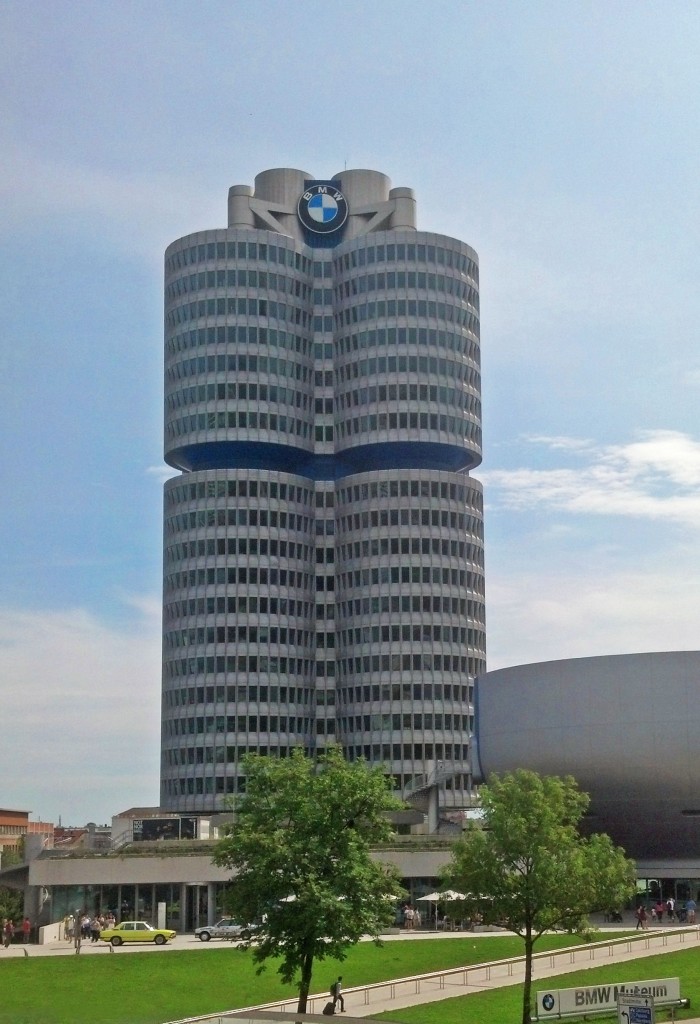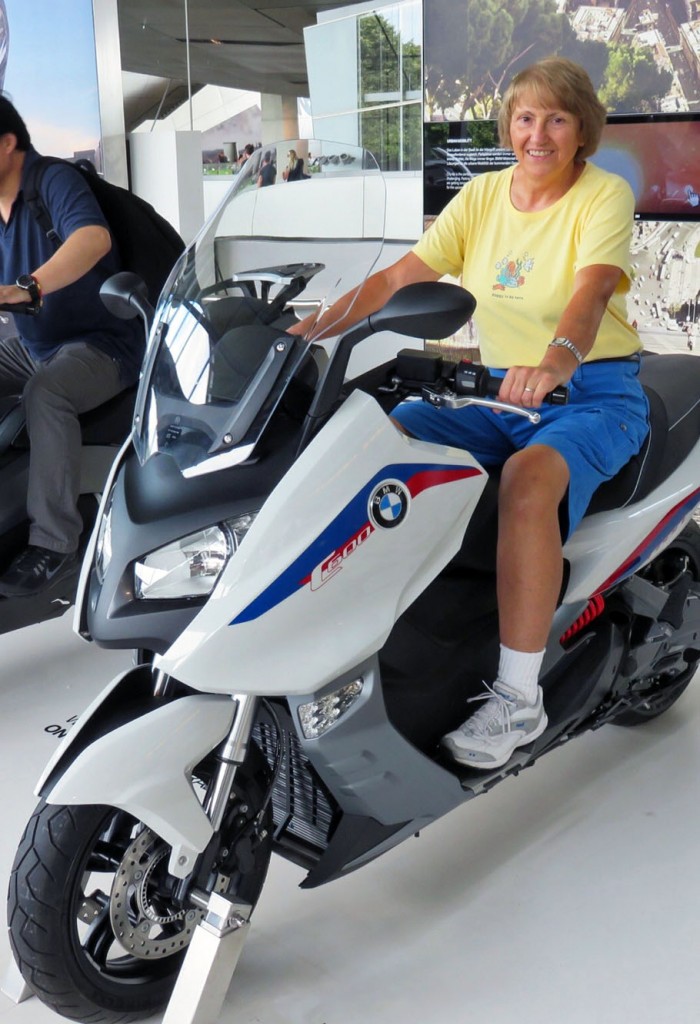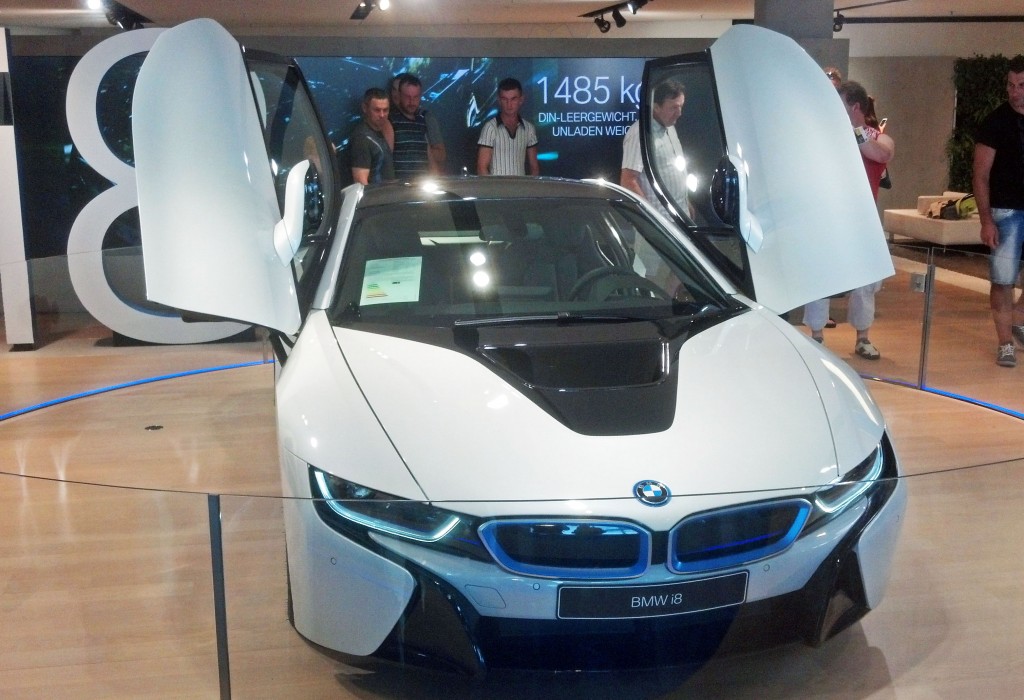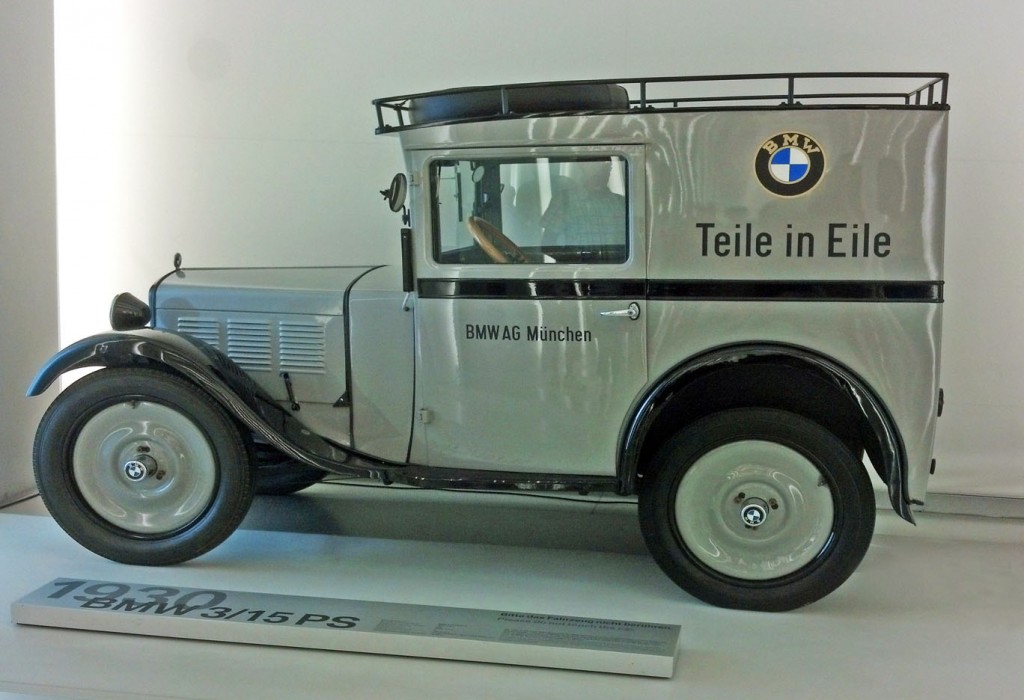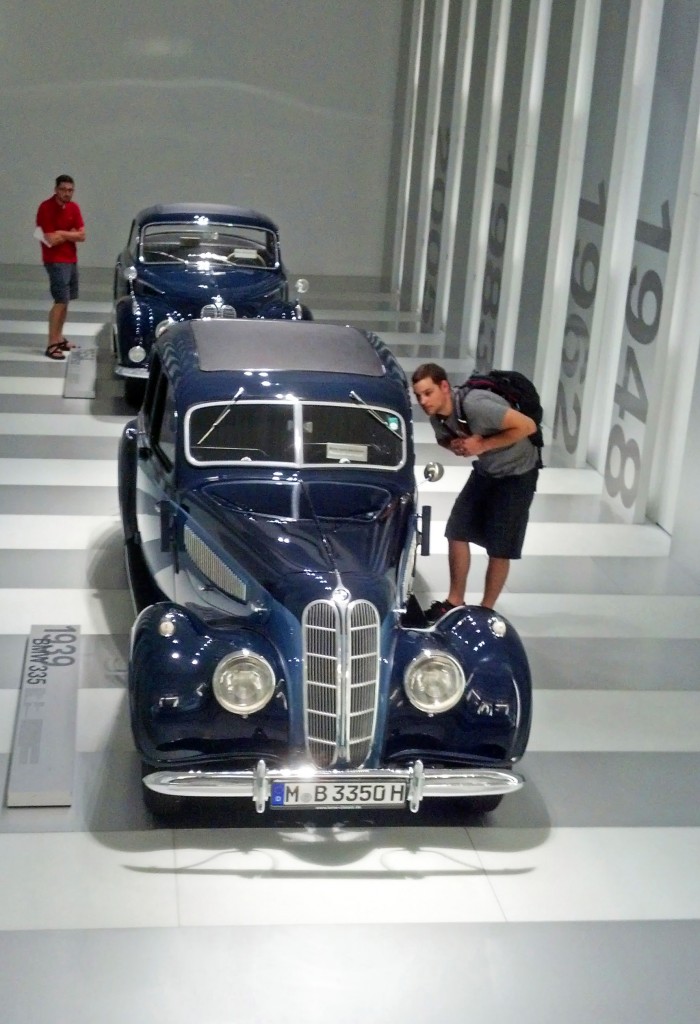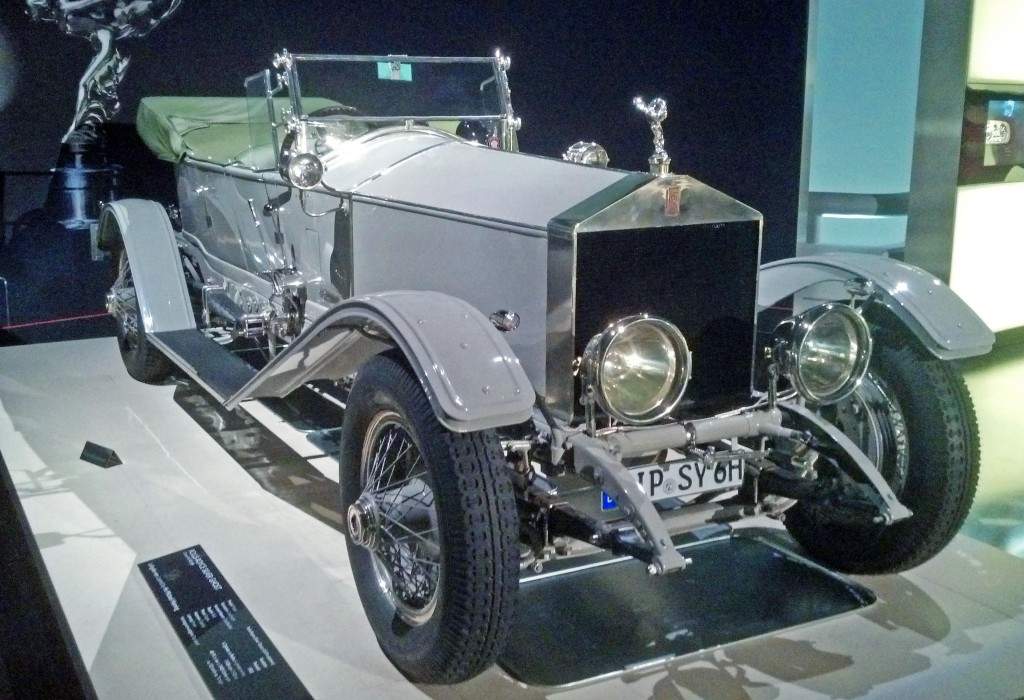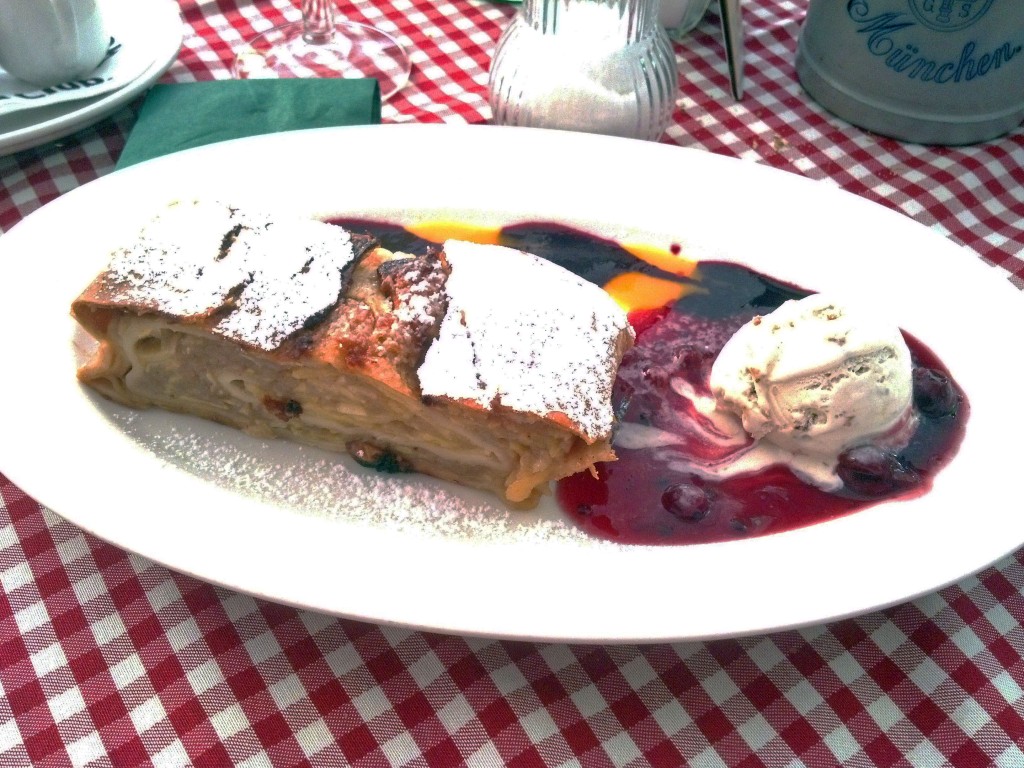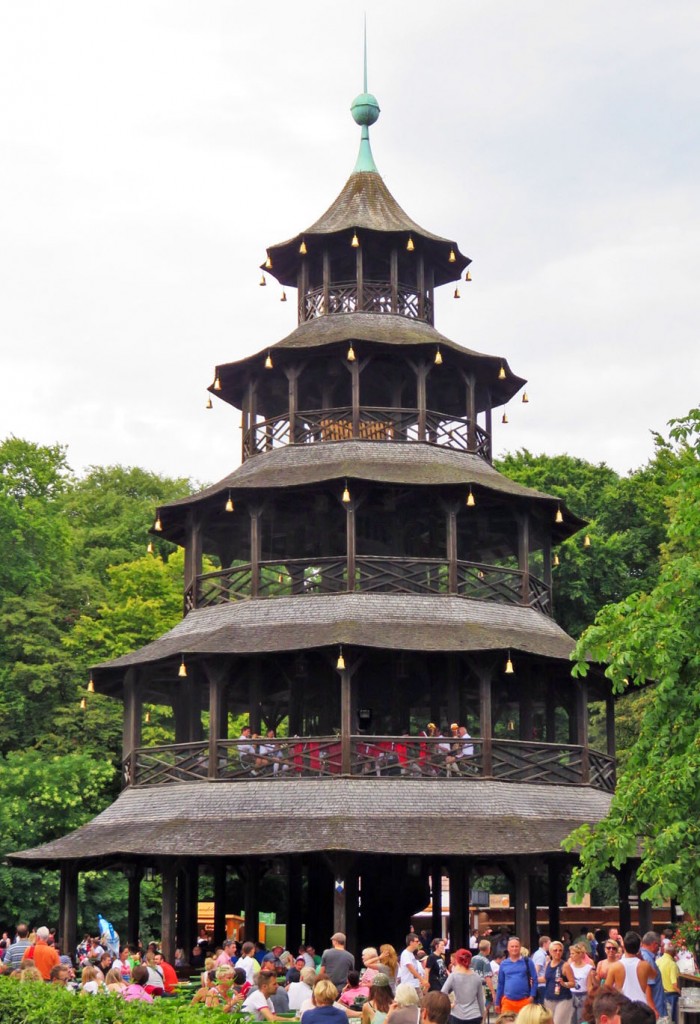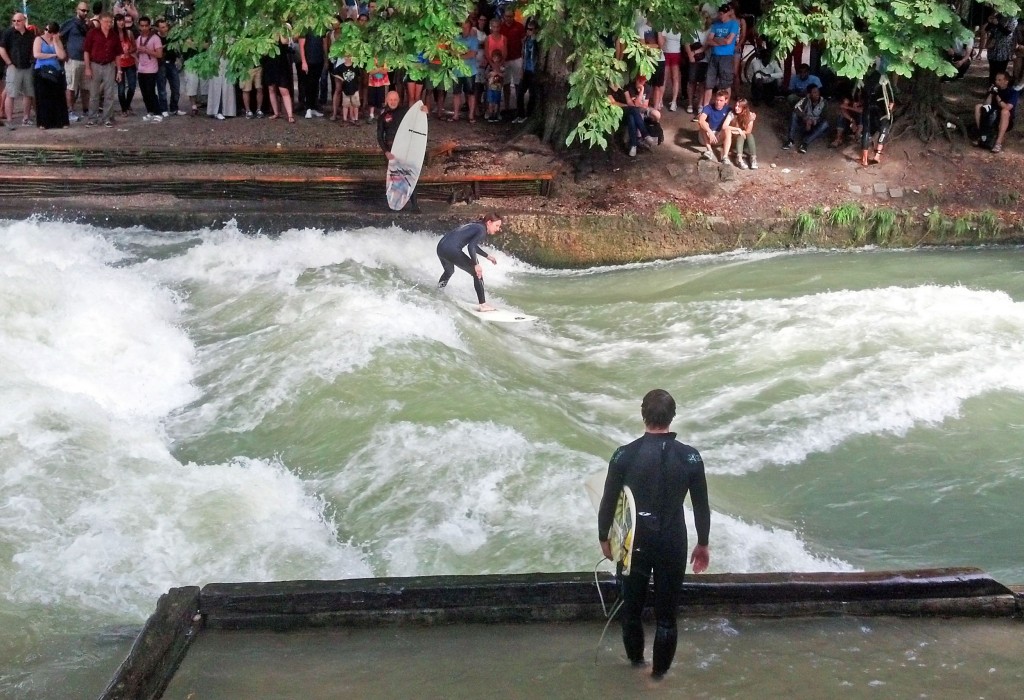August 11, 2014
After a hearty breakfast and several cups of coffee, we headed to the train station. It was time to say goodbye to Munich and head south to the small town of Fussen, located at the foot of the Bavarian Alps. We arrived in Fussen at 10 a.m. and walked to Hotel Sonne, our lodging for the night. We had only a few minutes to check in and drop off our bags because we had a bus to catch at 11 a.m. We were on our way to tour King Ludwig’s fairy-tale castle, Neuschwanstein.
King Ludwig inherited the throne of Bavaria in 1864 at the age of eighteen and two years later started building his castle. To execute his dream project, he commissioned a stage designer and several engineers as architects. It took seventeen years to build and Ludwig only lived in it six short months before he died at the age of forty. With only a third of the interior finished, it was opened to the public seven weeks after his death.
We arrived in the tiny town of Hohenschwangau where we picked up our tour tickets. It was a cold rainy day but we were ready to make the best of it. Our tour started at 2 p.m. so we had an hour to get to the castle. We could either take a shuttle or walk. We opted for the moderately steep 30-minute hike because the shuttle line was super long. As we climbed along paved road through the forest, horse drawn carriages full of families passed us on their way to the castle.
The rain held off until we arrived outside the castle, then the heavens opened up and a downpour followed. We were able seek refuge under a castle archway until it was time for our tour. The outside of the castle looked stunning with walls covered with a veneer of limestone and beautiful towers and spires that rose to the sky. I could see why Walt Disney used Neuschwanstein Castle as an inspiration for his Sleeping Beauty Castle in Disneyland.
Our 15-room tour of the castle was amazing. We walked through ballrooms, bedrooms, formal dining rooms, servant areas and a very modern kitchen. Our tour guide filled us in on the history and what life was like in the castle in the late 1800’s. The inside was filled with magnificent architecture, frescos, paintings, carved works, mosaics, furniture and decorations. King Ludwig was a big fan of Richard Wagner and surrounded himself with paintings of characters and events from Wagner’s operas.
Although built in the 1870’s, the castle was equipped with all kinds of technical conveniences, which were very modern, if not revolutionary at that time. It was equipped with running water throughout, including flush toilets and hot water in the kitchen and baths, and had a forced-air central heating system. An elevator from the kitchen three stories below serviced the dining room. King Ludwig even made sure the castle was connected to telephone lines, even though at the time of its construction very few people had telephones. Truly amazing!
After our tour, we hopped on a bus and rode back to our hotel in Fussen. That night as we dined on our pizza at Ristorante La Perla we reflected on our day and the magnificence of King Ludwig’s Neuschwanstein Castle!
Bis spater,
Kathy
